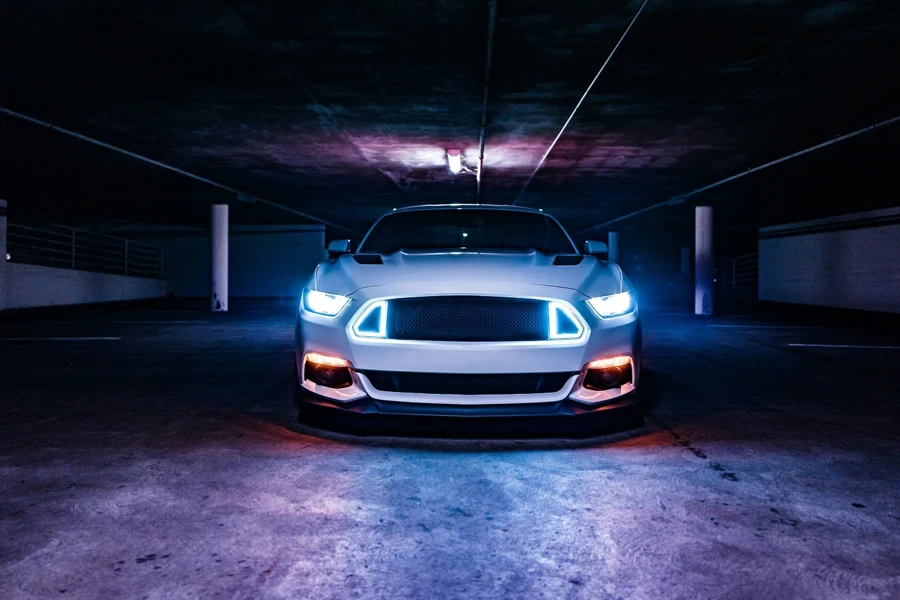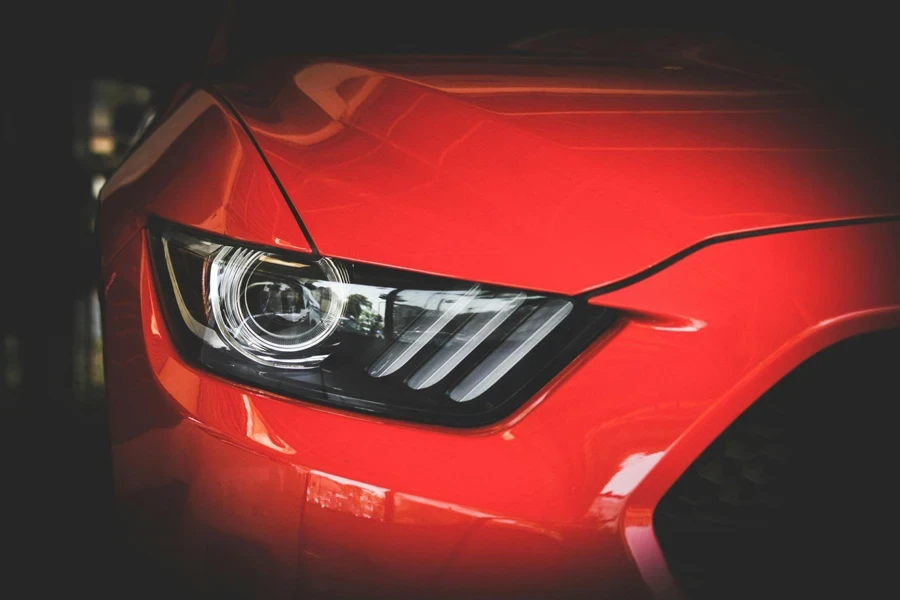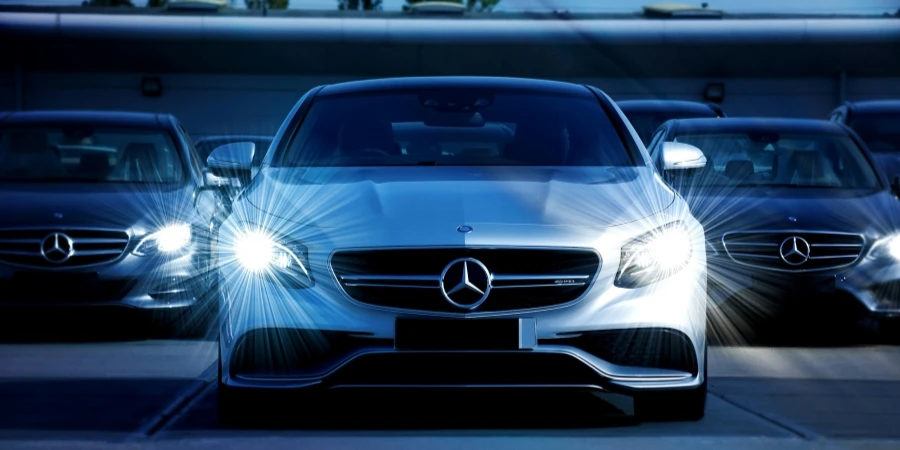Table of Contents
● Introduction
● Market overview
● Key technology and design innovations
● Top-selling models driving market trends
● Conclusion
Introduction
Halogen and xenon headlights play a role in ensuring the safety and efficiency of vehicles by offering distinct advantages that cater to various consumer preferences. Car headlights using halogen bulbs are favored for their affordability and dependability among various car owners. On the other hand, xenon headlights stand out for their enhanced brightness and energy efficiency, which improve visibility and safety significantly, especially in dim lighting situations. This piece delves into the market scenario, technological progressions, and standout models that shape trends in the automotive lighting sector. Let’s delve into the designs and enhancements in halogen and xenon headlights and how they’re influencing market trends using trends in halogen and xenon headlights to shape the future of vehicle lighting solutions.
Market overview

Market scale and growth
The worldwide market for headlights, both halogen and xenon, was estimated to be worth $7.9 million in 2023. It is forecasted to reach $ 12.8 million by 2032 with a Compound Annual Growth Rate (5·49%), as reported by Technavio. This increase is primarily due to global vehicle production and a growing focus on road safety measures. Advancements in technology and compliance with regulations are driving factors that promote market growth by encouraging innovations that aim to enhance brightness, energy efficiency and the longevity of headlights. The increasing number of vehicles worldwide is a factor in this growth trend—particularly noticeable in developing regions. Adopting cutting-edge lighting solutions in cars, such as lighting systems and Illuminating LED headlights. It is on the rise, driving market growth even more. The demand for visibility and safety features in vehicles continues to be a significant factor fueling the expansion of the headlight market throughout the projected period.
Key technology and design innovations

Headlight technology has seen advancements transforming how cars are illuminated for better safety and performance. Halogen headlights are well-loved for their affordability and dependability. Bright headlights containing xenon gas. They are known for their brightness and energy efficiency. LED headlights are gaining popularity due to their energy efficiency and durability; they include functions like adaptive lighting systems. Radiant headlights represent the leap in innovation by offering extended reach and precision to enhance driving visibility greatly. These advancements cater to consumer preferences and regulatory requirements while propelling ongoing enhancements in automotive lighting technologies.
Halogen headlights
Halogen headlights have long been commonly used in car lighting thanks to their setup, which involves a tungsten filament surrounded by halogen gas. Based on Technavio’s research findings, halogen headlights are popular due to their affordability, easy installation process, and performance. Recent advancements have aimed at boosting the effectiveness and output of halogen bulbs to cater to vehicle needs, particularly in developing markets where cost is a significant factor.
Xenon headlights
The Xenon headlights are called High Intensity Discharge (HID) lights. They bring about notable improvements compared to conventional halogen lamps in brightness and energy efficiency. These headlights generate light from the discharge between two electrodes within a tube filled with xenon gas. Reports from Valuates highlight the brightness and longer lifespan associated with xenon headlights. Continuous advancements in the design of xenon bulbs and ballast systems have enhanced their performance significantly, establishing them as a favored choice for luxury vehicles and those seeking top performance.

LED headlights
LED lights use semiconductors to produce light that lasts a long time. They are popular over traditional bulbs like incandescent, xenon, and halogen ones, which use more power and take longer to light up. Connector Supplier states that LED technology advancements have made them common in car lights like headlights and taillights as well as interior displays. Smart features, like AFS, that change the light based on driving conditions have boosted safety and comfort for drivers
Laser headlights
Cutting-edge automotive lighting technology in the form of laser headlights utilizes laser diodes to produce a powerful light beam. They offer exceptional range and brightness without causing glare for drivers on the opposite side of the road, as reported by Connector Supplier. The advancement in laser light modules like the KYOCERA AVX LaserLight Fiber has enabled finely shaping light beams for visibility and safety on the road. Integrating lighting systems that can adapt based on the vehicle’s speed and direction provides drivers with an innovative and responsive lighting solution. The automotive industry has seen progress in halogen lights, xenon, LED bulbs, and laser headlights, reshaping the landscape of automotive lighting systems. Manufacturers constantly push boundaries to enhance performance efficiency and safety in compliance with industry standards and regulations.
Top-selling models driving market trends

The headlight market is shaped by models that affect trends and consumer preferences in various ways. Halogen and xenon headlights have advantages that appeal to different vehicle types. Halogen lights are favored for their cost-effectiveness and widespread availability, making them popular for entry-level and compact cars. Conversely, xenon lights are preferred in luxury and high-performance vehicles due to their brightness and energy efficiency. Let’s explore models in different categories and examine what sets them apart regarding their features and popularity in the market, along with the leading manufacturers shaping these trends.
Halogen models
Halogen headlights remain popular due to their cost effectiveness and installation process, making them a popular option for budget-friendly cars like the Toyota Corolla and Honda Civic models favored by consumers entering the automotive market segment Alibaba.com highlighted their widespread use in response to high demand by their accessible pricing and availability as a lighting solution incorporating tungsten filament combined with halogen gas for everyday driving needs. Vehicle models worldwide often feature them because of their design and budget-friendly costs, especially when saving money is crucial.
Xenon models
Xenon headlights are highly regarded for their brightness and energy qualities and are favored by luxury car manufacturers like the BMW 5 Series and Audi A6. The mechanism behind these headlights involves generating light through a discharge within a xenon-filled tube, producing a bright white light that improves visibility during nighttime drives. Big players in the Xenon headlight industry, such as Philips and OSRAM, are constantly striving to create performing and more durable models.

Comparative analysis
When comparing halogen and xenon headlights, performance and pricing are important. The initial cost of halogen lights might attract those with budget constraints; however, they consume energy and have a shorter lifespan than xenon lights. On the contrary, xenon lights may come with a price at the outset but offer better brightness and energy efficiency, which can benefit consumers seeking performance and long-term cost savings. Consumer preferences vary widely across markets. Halogen lights are more popular in developing regions, while the luxury car market favors xenon lights. The impact of Original Equipment Manufacturers (OEM ) and the aftermarket segment is key in influencing sales patterns. OEMs usually install premium xenon lights in vehicles, whereas the aftermarket provides a range of options for replacing halogen lights and improving to cater to customers’ needs.
Conclusion
Halogen and xenon headlights have advantages that cater to various needs in the automotive industry. Halogen lights are popular and are preferred for compact cars because of their cost-effectiveness and easy installation process. Xenon lights are well known for their brightness and energy efficiency, making them ideal for luxury and upscale vehicles. These lights enhance visibility and last longer, reducing the frequency of replacements required. In today’s evolving market landscape, impacted by technological advancements and industry regulations, professionals and consumers must understand the trends to prioritize safety and enhance the driving experience. The continuous evolution of headlight technologies highlights the importance of staying updated on innovations to effectively address the lighting industry’s changing requirements.




